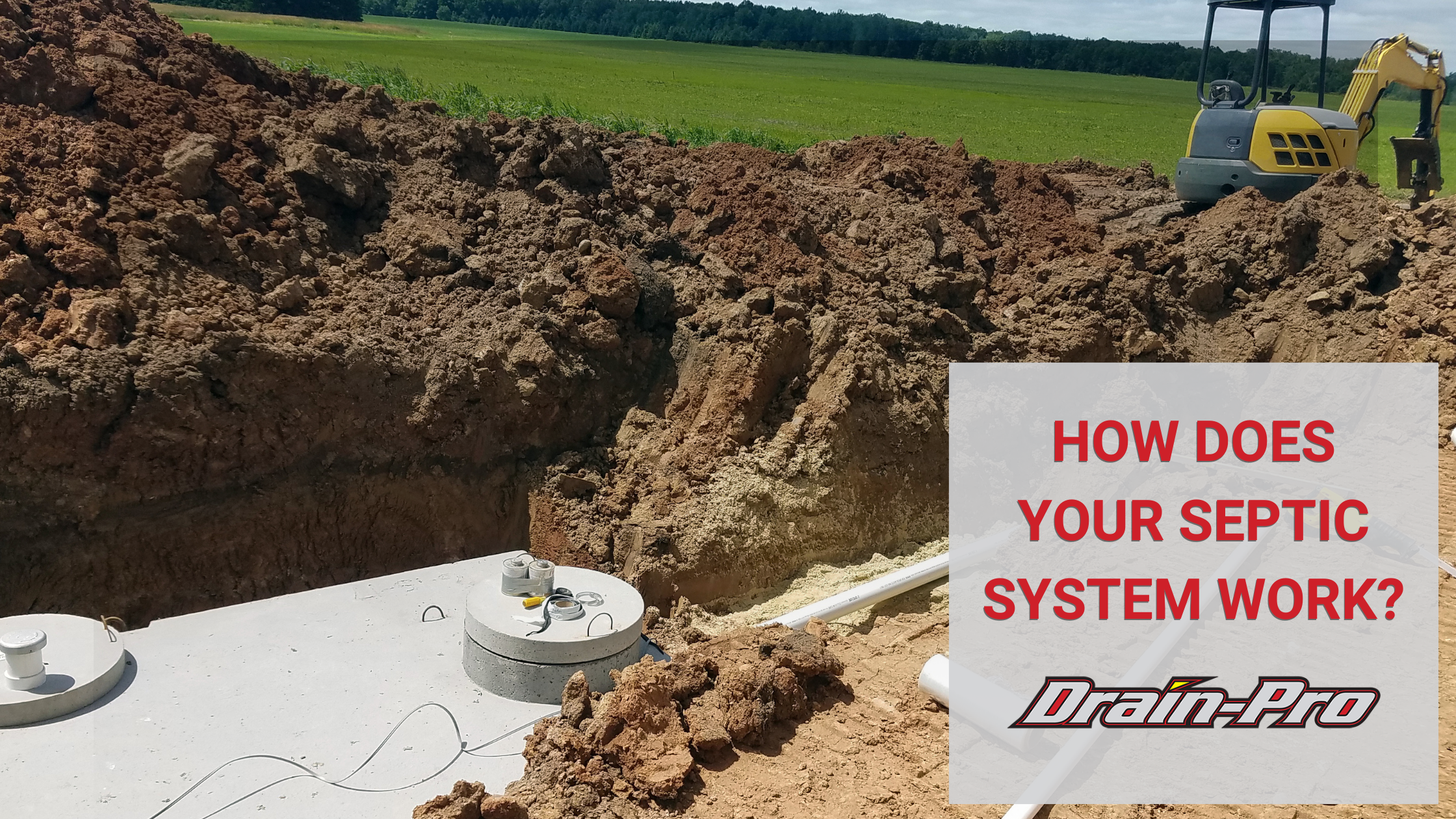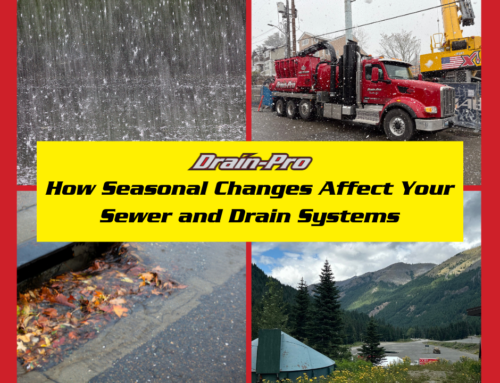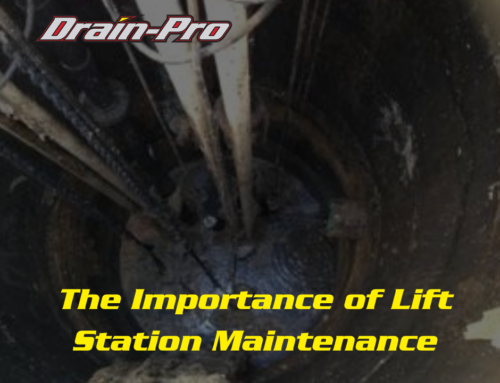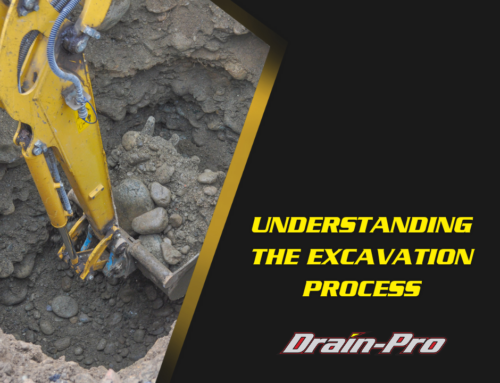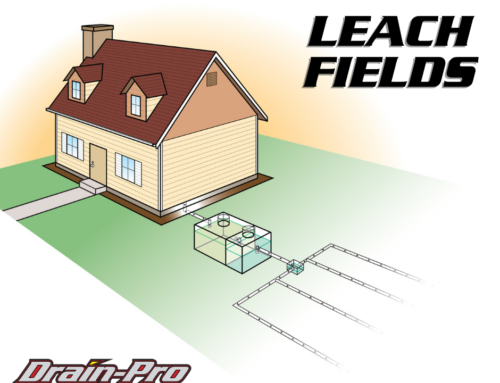Understanding how your septic system works is essential for maintaining its efficiency and longevity. A septic system is an underground wastewater treatment structure commonly used in areas without centralized sewer systems. It consists of a septic tank and a drain field or soil absorption field. Here’s a breakdown of how your septic system works:
- The Septic Tank
The septic tank is a watertight container typically made of concrete, fiberglass, or polyethylene. It’s buried underground and is the first stop for all the wastewater that leaves your home. Here’s what happens inside the septic tank:
- Separation of Solids and Liquids: When wastewater enters the septic tank, it separates into three layers. The top layer is scum, consisting of oils and grease that float on the surface. The middle layer is the liquid wastewater, and the bottom layer is sludge, made up of heavier solids that settle at the bottom.
- Decomposition: Bacteria in the septic tank naturally break down organic matter in the wastewater. This process helps reduce the amount of solid waste, but it doesn’t eliminate the need for periodic pumping to remove the accumulated sludge and scum.
- Flow to the Drain Field: The partially treated liquid wastewater (effluent) flows from the septic tank to the drain field. This flow is facilitated by the design of the tank, which allows the liquid to exit while keeping the solids contained.
- The Drain Field
The drain field, also known as the leach field or soil absorption field, is a shallow, covered excavation in the soil. It’s designed to further treat the wastewater by allowing it to percolate through the soil. Here’s how the drain field works:
- Distribution: The effluent from the septic tank is distributed through a network of perforated pipes or chambers buried in trenches filled with gravel or sand. This allows the wastewater to be evenly dispersed into the soil.
- Filtration and Treatment: As the wastewater percolates through the soil, the soil acts as a natural filter, removing harmful bacteria, viruses, and nutrients. Microorganisms in the soil further break down any remaining organic matter, effectively treating the wastewater before it reaches the groundwater.
- Maintenance and Care
Regular maintenance is crucial for the efficient operation of your septic system. Here are some key maintenance tips:
- Regular Inspections: Have your septic system inspected by a professional at least every three years. This will help identify any potential issues before they become major problems.
- Pumping: Depending on the size of your septic tank and the number of people in your household, the tank should be pumped every three to five years to remove the accumulated sludge and scum.
- Water Conservation: Be mindful of your water usage. Excessive water can overload the septic system, reducing its efficiency and potentially causing it to fail.
- Proper Waste Disposal: Avoid flushing non-biodegradable items, grease, or harsh chemicals down the drain. These can clog or damage your septic system.
Understanding how your septic system works helps you appreciate its importance and the need for regular maintenance. By taking care of your septic system, you can ensure it operates efficiently for many years, protecting your home and the environment.
If you have any questions or need professional assistance with your septic system, don’t hesitate to contact a Drain-Pro professional. We’re here to help keep your system running smoothly!


